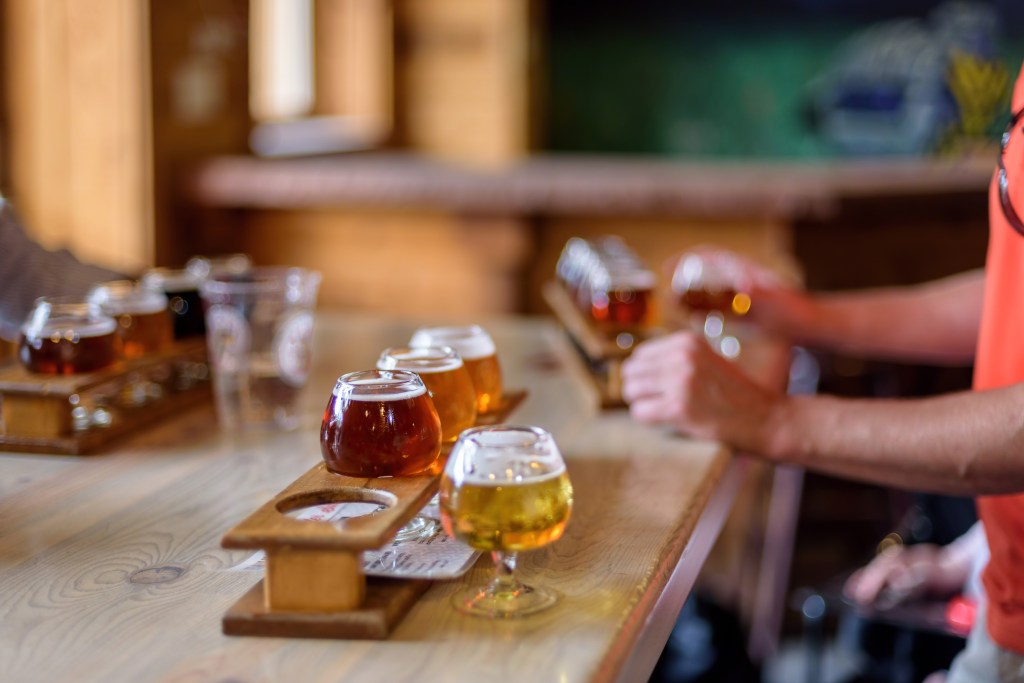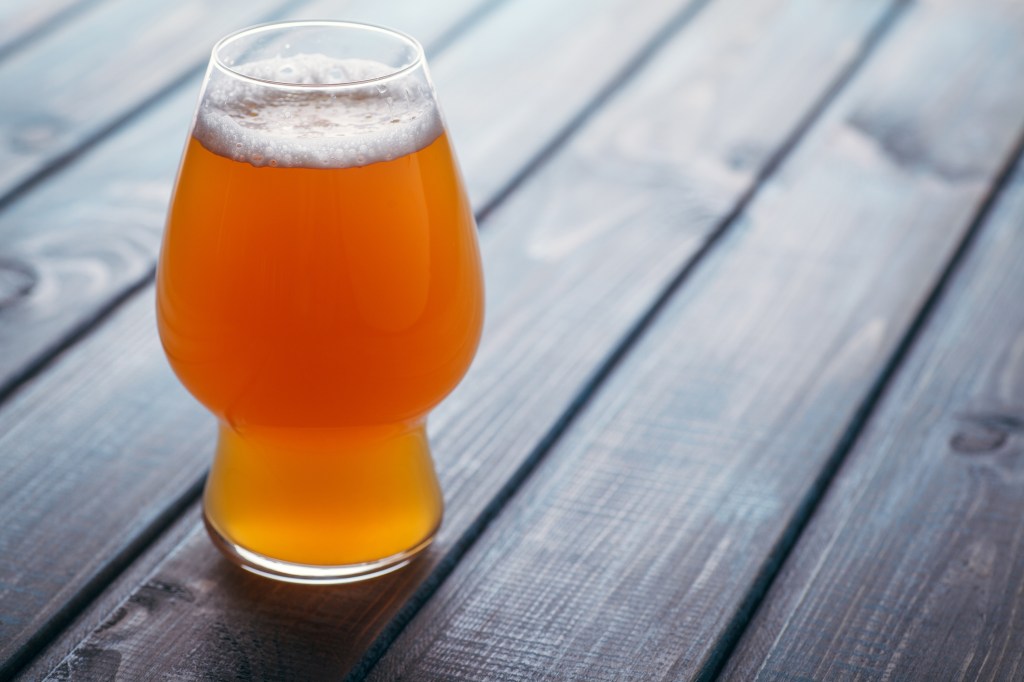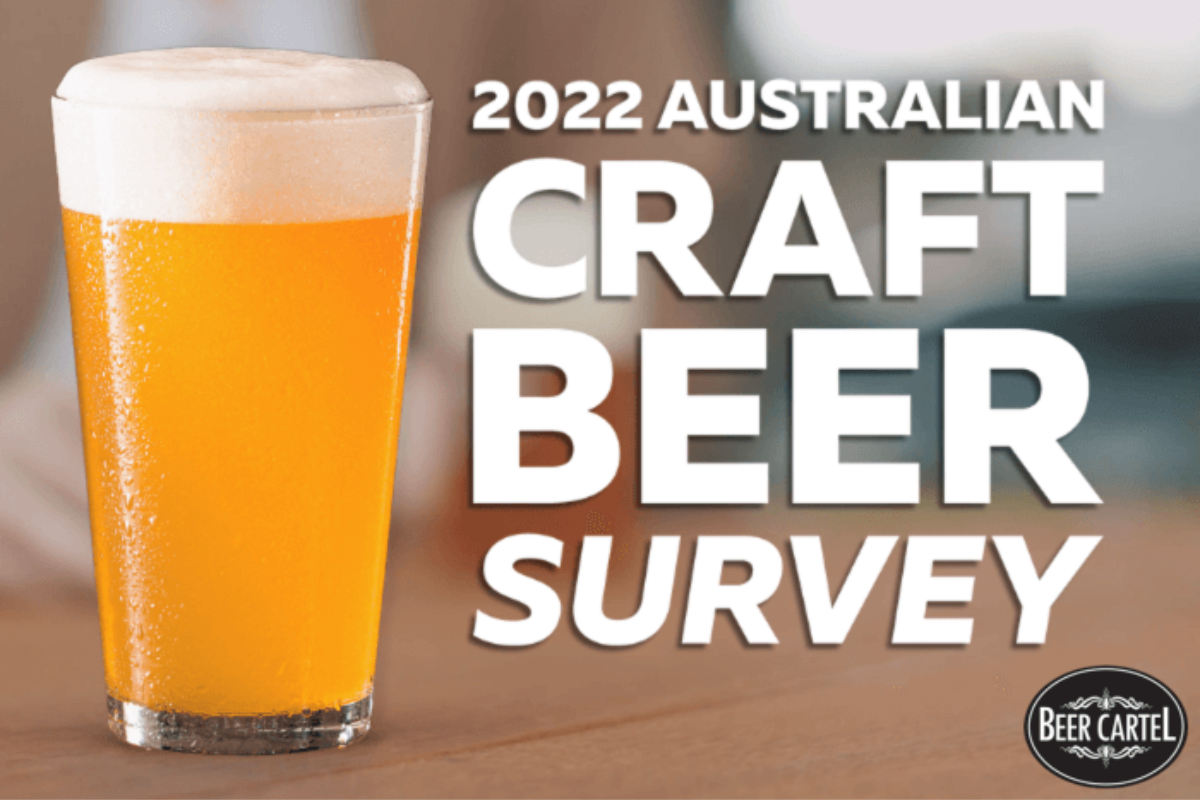The findings of last year’s Australian Craft Beer Survey, organised by online retailer Beer Cartel, have been published, with more than 14,000 craft beer drinkers taking part.
The survey was conducted between July and September of 2022, and covered a wide range of topics relating to the production, purchase and consumption of craft beer, alongside customer sentiment.
Burleigh Heads based producer, Black Hops, was voted Australia’s best craft brewery for the second year in a row. Mountain Culture (which recently topped the 2022 GABS Hottest 100) came in second place, while Bentspoke ranked third.
Black Hops founder Eddie Oldfield told The Shout what this result meant for him and his team.
“This is epic, it means so much. The craft beer industry has been on a wild ride for the last 12 months and we’re only here because of the people who love and drink our beer, and to be voted for by our customers really is the best possible acknowledgment of our craft,” Oldfield said.
“Most of all it means to us that our customers are loving what we do, and that is hands down the most important thing to us as it’s what we come to work each day trying to achieve.”
Oldfield hopes that this ranking will boost the profile of the brewery.
“We don’t have much of a marketing budget, so this definitely helps with that, and hopefully more drinkers around the country can become aware of our brand off the back of this.”
The survey also revealed state-by-state brewery venue favourites. For the first time, Northern Territory brewers were included, with Beaver Brewery ranked at number one in the Top End. There were changes at the top for NSW, SA and Victoria, where Mountain Culture, Big Shed and Bridge Road took out the top spot for their respective states.
Unsurprisingly, national winner Black Hops was also the favourite brewery venue in its home state of Queensland. Capital Brewing Co. (ACT), Hobart Brewing Co. (TAS) and Beerfarm (WA) all retained their positions as the favourite brewery venues in each of their states.

Alcohol-free on the rise
One of the notable findings of the survey was growth of alcohol-free beer. Thirty-two per cent of respondents to the survey said they had consumed an alcohol-free beer in the last year, compared to just 15 per cent in 2020’s edition. Seven per cent of drinkers said they consumed alcohol-free beer monthly, and six per cent weekly.
Director of Beer Cartel, Richard Kelsey, commented on the increase in alcohol-free consumption.
“In 2020 we began to see real growth in alcohol-free beer purchases,” Kelsey said.
“It was driven by an increase in the availability of good quality, tasty, zero alcohol beer, alongside a shift to more mindful alcohol consumption. We noticed it really began to accelerate when Heaps Normal hit the market and from there it has only grown further as more brands and breweries started producing a quality alcohol-free offer.
“You can even see the embrace of alcohol-free beer in the GABS Hottest 100 beer results where Heaps Normal has polled in the top 40 Australian craft beers for the past two years. Our expectation is that the alcohol-free beer category is very much here to stay and is likely to grow further, albeit at a slower rate.”
Andy Miller, CEO of Heaps Normal, also offered his thoughts on the growth of alcohol-free beer.
“I think what beer drinkers in this survey are telling us is that the alcohol content is no longer the determining factor in having a beer,” Miller commented.
“We know that normalising non-alcs as an option for beer drinkers has created new drinking occasions. But what this data illustrates is that we’re also seeing a bit of a shift in the very meaning of ‘having a drink’ — and that, to me, is the most exciting evolution.
“We reckon the story behind the data showing a rise in popularity of non-alc drinks is that a broader spectrum of people are coming together to enjoy a beer while feeling comfortable about making a choice that feels right to them.
“What a great outcome for beer fans, our industry and the culture that drives it,” Miller concluded.
New styles taking hold
The survey also recorded the shifts in the style of beers being consumed by drinkers, compared with 2020. While Pale Ale / XPA remained the number one craft beer style enjoyed by respondents (picked by 82 per cent of those surveyed, a decline of six per cent), Hazy / New England IPA leapt up the rankings to second place, with 78 per cent choosing this style, a growth of 13 per cent.
Most styles declined in popularity, with only Hazy / NE IPA and lager bucking the trend – with the latter style growing by two per cent. Hazy’s gain was IPA / Double IPA’s loss, as the style dropped out of the top two with a decline of seven per cent.

Strong sentiments
Alongside top breweries and styles, the survey recorded consumer behaviour and sentiment towards the industry.
The survey found that Australian craft beer drinkers had an average weekly spend on craft beer of $56, remaining largely consistent with pre-pandemic performance, while 10 per cent of drinkers spent more than $101 a week.
New / limited release beers appear to be connecting particularly strongly with drinkers, as 31 per cent of those surveyed said they would purchase beers in this category either weekly or fortnightly, an increase of five per cent on 2020.
Beer Cartel’s survey also tracked craft beer drinkers’ awareness of the Independent Brewers Association (IBA) Seal of Independence, which was launched in 2021 to help consumers identify beers from independent Australian brewers. Sixty-four per cent of those surveyed stated that they were conscious of this seal.
The ecommerce revolution continues apace, with 57 per cent of respondents reporting they had purchased beer online in the past year, compared with 40 per cent in 2019. Forty-one per cent of drinkers are purchasing directly from brewery website, while 38 per cent of those surveyed were purchasing from beer speciality websites, and 35 per cent from ‘mainstream liquor websites’.
Nevertheless, in-person shopping remains resolutely strong, with 79 per cent of drinkers visiting mainstream liquor stores every two or three months, or more often. Seventy-one per cent visit specialist craft beer shops in the same timeframe, while the same number visits specialist craft beer pubs and bars.
Finally, the impact of the pandemic on craft beer drinker behaviour appears to have waned, as 44 per cent of craft beer drinkers said they were going out as much as pre-COVID. Indeed, 13 per cent reported they were going out more than before the pandemic, while 30 per cent said they were going out less, but expected this to increase.
See the full survey results here.
Did you know?
There are five ways you can stay up-to-date with industry news thanks to The Shout?

